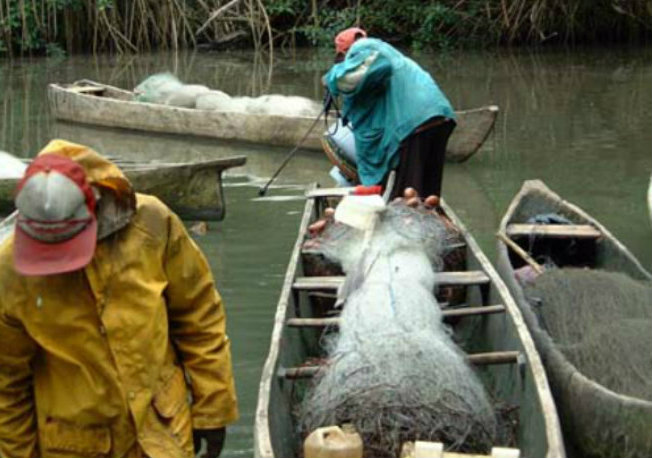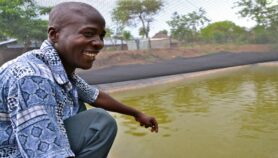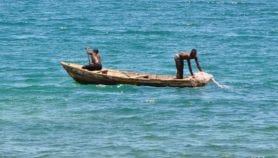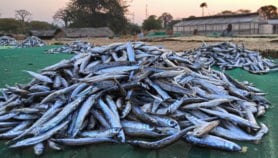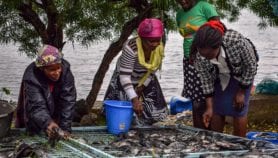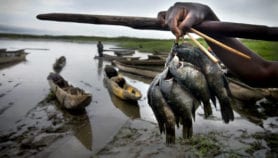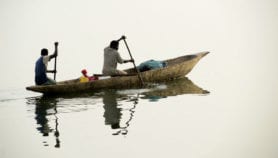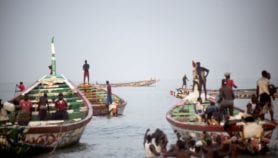By: Calvin Otieno
Send to a friend
The details you provide on this page will not be used to send unsolicited email, and will not be sold to a 3rd party. See privacy policy.
NAIROBI] A fishing lamp with an electronic device that gives off light — called light emitting diode (LED) — could help cut down energy consumption and operational costs for artisanal light fishers in Sub-Saharan Africa, a study reveals.
The researchers based in Kenya, South Africa and Australia say pressurised kerosene lamps, which are often used by African fishers, can consume up to half of their income even when kerosene subsidies are provided.
To explore the feasibility of replacing kerosene lamps for fishers on Sub-Saharan Africa lakes, the researchers designed a portable PV-battery-LED system for use on Lake Victoria and others in the region.
They simulated its operational costs over five years and compared it with kerosene lamps and solar-powered battery system with a fluorescent lamp.
The study — which was published in Renewable Energy on 2 July — showed that the new lamp costs US$280 over five years. But this is five times less than alternative solar-based lighting and ten times lower than that of kerosene-based lamps for the same duration.
"As the light sometimes does not travel far through the water due to murky conditions, having a light that can be immersed in water is the most efficient means of getting light to more fish [resulting in their catch]," says lead author, Mark McHenry, a researcher in new technology developments at Murdoch University, Australia.
He adds that: "It is most appropriate in stormy weather, when conventional lights or traditional electric lamps can be damaged."
He tells SciDev.Net that although his team had not constructed units for sale, the initial cost is likely to be more expensive than that of kerosene lamps even though it will be the cheapest.
McHenry proposes using microloans system or a rental model to help fishers ease the burden associated with the initial high cost.
"Subsidising prices is not a sustainable approach because it undermines the ability of local people to be creative and maintain sustainable businesses," says McHenry.
He adds: "On the other hand a cost-effective technology can sell itself and the locals to keep their businesses running."
Robert Oimeke, director of renewable energy at the Kenya-based Energy Regulatory Commission, agrees that solar-powered battery is good commercial fishing and even household consumption because it's efficient, cheap to run, environmentally-friendly and durable, with the biggest gainers being local fishers due to its long-lasting light supply.
But he says that this technology can be costly, so a scheme should be developed that will allow fishers to pay from their earnings while using it to make it affordable for local people once it gets to the market.
"With LED lighting, we can reduce the cost of lighting ten-fold while fishing but also ensure we use an environmentally friendly technology," Oimeke tells SciDev.Net.
The study which was conducted in Kenya tested the lamps for night fishing.
Link to abstract in Renewable Energy
This article has been produced by SciDev.Net's Saharan Africa desk.
References
Renewable Energy doi: 10.1016/j.renene.2013.07.002


